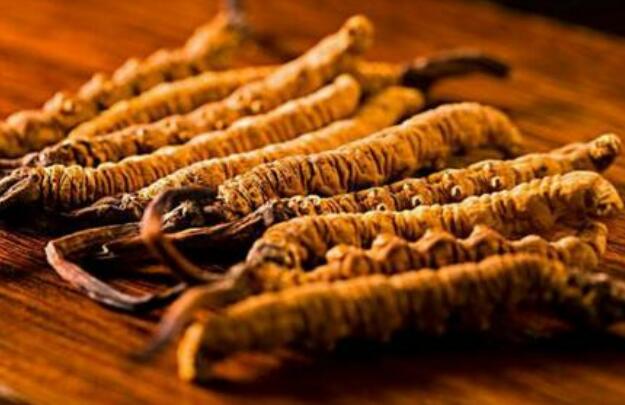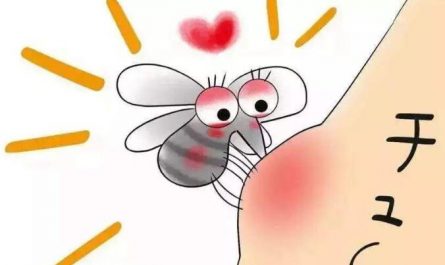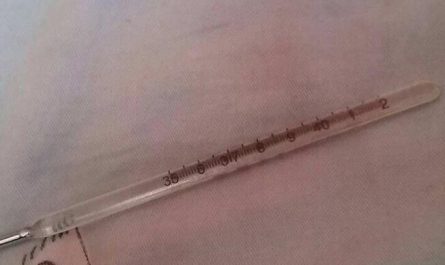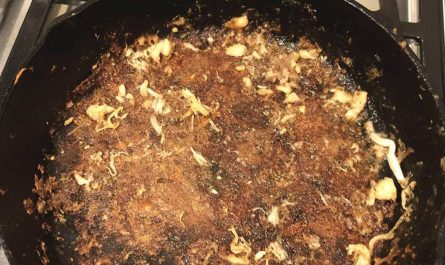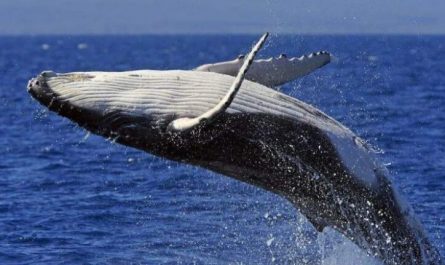Cordyceps is a precious Chinese herbal medicine, together with ginseng and deer antler, it is called China’s three major tonics. Many people would be surprised to hear its name. How did this insect form? Is Cordyceps a bug or a grass?
Cordyceps literally means insects in winter and grass in summer. Is it a mutated species? No, it is actually a perfect combination of insects and fungi. Cordyceps generally grows in places above 2800 meters above sea level, such as parts of Qinghai, Tibet, Sichuan and Ningxia in China.
In the midsummer season, mature Heptospira lays thousands of eggs on leaves, grass and flowers. These small worm eggs hatch into small worms, and the small worms burrow deep underground to start a new life. This kind of underground life usually takes several years.
The insect grows up a little bit underground, and it moves towards the surface little by little, hoping to cocoon and transform into a pupa after stepping out of the ground, and then transform into a butterfly. This is the happy life that the Hepialidae is looking forward to, but it encounters the spores of the Cordyceps fungus when it moves to the surface. The spores grow up and become fungi. The spores are also anxiously looking for their hosts underground. If there is no host and no object to provide nutrients, the spores will easily die.
When the spores of Cordyceps meet the larvae of Hepidia, it is like seeing the hope of life, and the spores will penetrate into the body of the larva without hesitation. After getting nourishment from the larva, the hyphae begin to grow in the body of the larva. There may also be another situation where the larvae eat leaves with spores, but also cannot escape the fate of being boarded.
The larvae also want to burrow out of the ground as they grow older, but because their own tissues and organs are decomposed and absorbed by the hyphae at this time, the body of the Hepialus larvae gradually weakens and eventually die when they are about to burrow out of the ground.
When everything recovers in the early summer, Cordyceps fungus grows 3 to 5 cm tall purple-red grass on the head of the larva, which is called summer grass. The purple-red grass is actually the entity of the fungus, and a large number of spores are also stored in the ascus of the fungus. When the spores mature and fall into the ground with the wind, a new round of encounters between the spores and the larvae of the bat moth begins, and the story of killing each other begins again.
